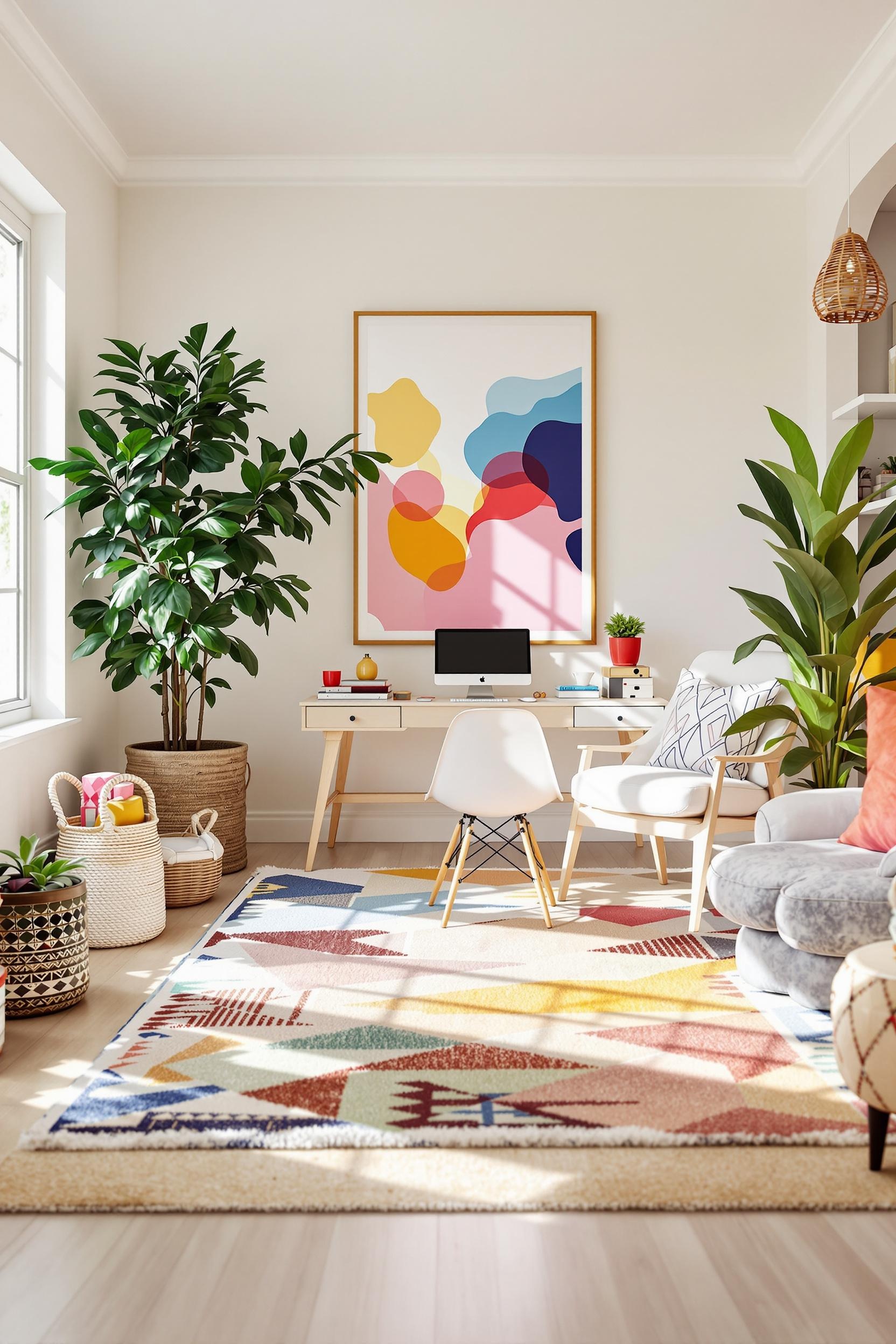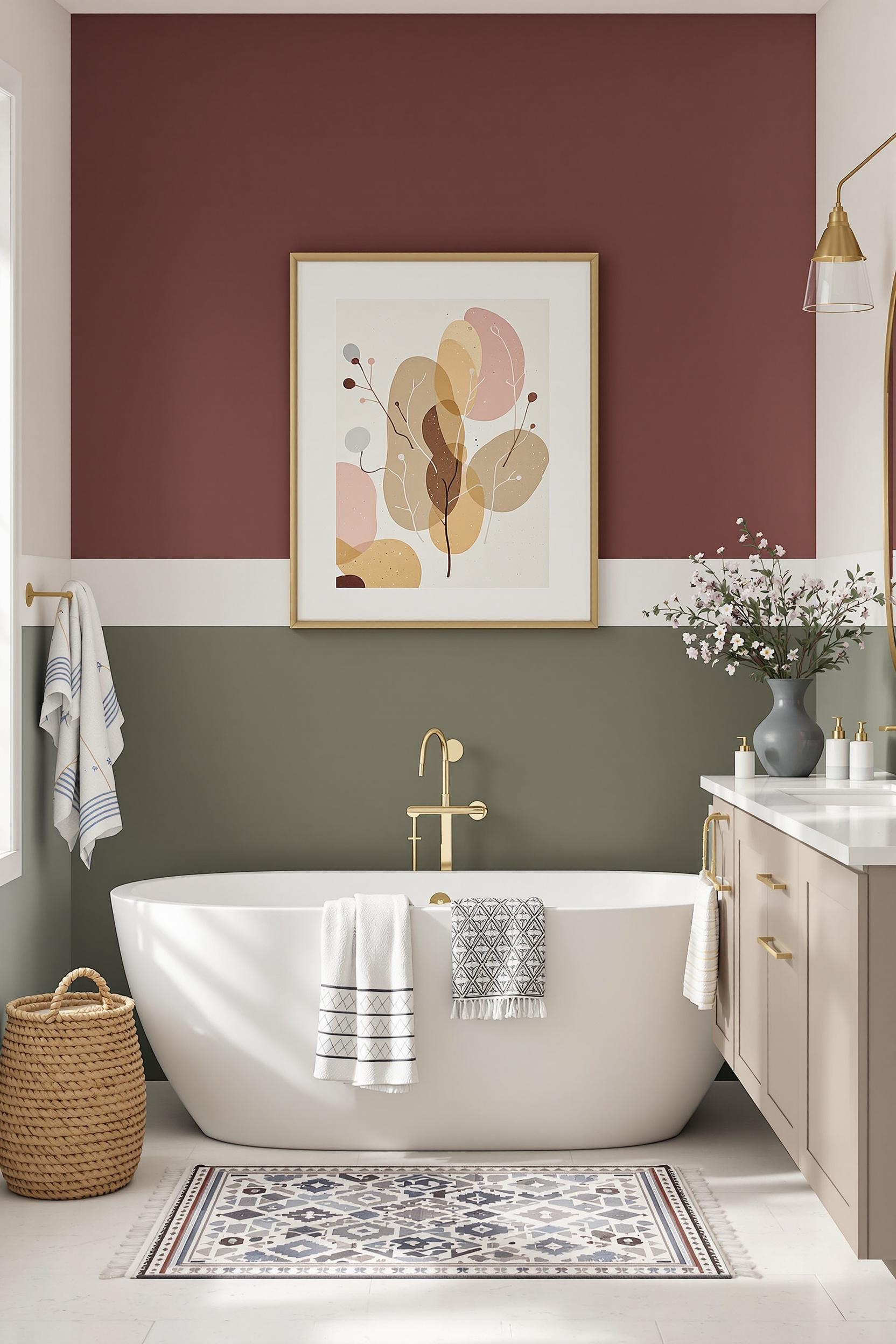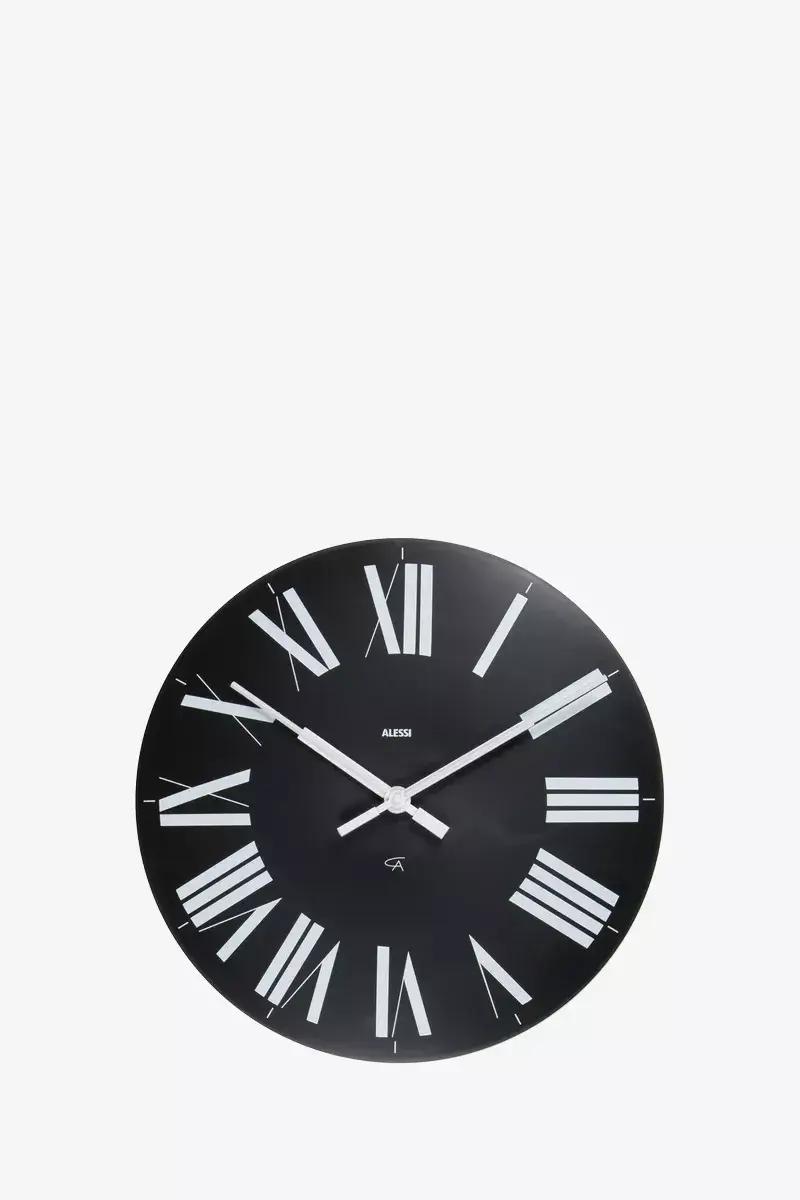
Room Color Zoning: Transform Your Space with Purposeful, Bold Design
Have you ever walked into a space that looked beautiful, but something felt…off? Maybe it wasn’t clear where to sit and relax, versus where to focus or socialize. That’s where color zoning interior design comes in. This powerful technique helps define functional areas in your home using only paint—no walls needed. If you’re curious about how to design intuitive, stylized spaces with minimalist flair, you’re in the right place.
Color zoning is one of my favorite ways to reimagine a home – especially in modern and minimalist interiors. It’s not just about aesthetics. Color triggers emotions, organizes spaces subconsciously, and boosts the usability of your rooms. Whether you live in a loft, studio, or open-concept home, this strategy will redefine how you see your space.
Understanding Color Psychology in Interior Design
Color impacts mood. That’s design fact. According to psychology studies, strategic wall color placement influences how we feel and act in a space. For instance, warm tones like red and orange energize and are great for dining and conversation zones. Cool hues such as blue and green calm the mind, making them ideal in bedrooms or a home office.
In one of my recent projects, I applied these interior color blocking techniques in a small bedroom. A soft sage green defined a reading nook next to the window. The sleep zone was anchored with a muted lavender accent wall. The result? A tranquil and clearly divided personal sanctuary.
Spatial Design with Room Color Blocking Ideas
Minimalism doesn’t mean boring. It means thoughtful. Using color blocking for minimalist interiors is a smart way to stay functional and stylish. In tiny spaces, like studio apartments or modern lofts, I often use two-tone wall color zoning ideas to define beds, desks, and reading corners—without overcrowding.
Try painting a ceiling downward to create a corner zone in an open-plan room. Or apply color blocks behind a desk area for a visual reminder that “this spot means work.” I explore this more in my post, Modern Color Zoning: Transform Your Home With Bold Design.
Color Zoning Techniques for Open Floor Plans
Open-concept living spaces are beautiful…but also tricky. Without physical boundaries, it’s tough to assign function to each area. This is where color zoning accent wall ideas shine. I’ve used deep navy to define a formal dining area and soft creams for the lounging area—all within one spacious room.
If you’re working with room color zoning ideas for small spaces, try geometric shapes. For example, diagonal lines or color blocks can offer the illusion of separate spaces—ideal for tiny apartments. These effects are beautifully demonstrated in this studio transformation I shared recently.
Paint Zoning for Bedrooms, Kitchens, and More
Color zoning is flexible. You can do it in any room. In the bedroom, define a sleep area using darker tones behind the headboard, and layer soft hues in your work corner or vanity. For kitchens, bold geometric accent walls separate cooking stations or breakfast bars. Check out my kitchen zoning inspiration here.
Even bathrooms benefit from paint zoning techniques for modern interiors. A splash of terracotta behind a freestanding tub practically begs you to sink into relaxation, while white tones around the vanity ensure brighter light for grooming.
Mastering Minimalist Room Paint Ideas and Palettes
If you’re wondering how to get started, begin with a simple minimalist color palette bedroom. Pick three colors: a base neutral, a calming cool tone, and a bold pop. Use the base for most walls, apply the cool tone to your sleep area, and the pop of color—perhaps deep emerald—behind your reading chair or closet.
Need ideas? My top paint ideas for 2025 are full of vibrant color-blocking combinations that respect the minimalist ethos while adding bold character.
Designing Flow with Modern Room Divider Alternatives
Often, I skip using bulky room dividers. Instead, I guide the eye with paint zoning techniques that make every square foot count. A vertical band of color can “frame” a home office. An arched wall mural can add a playful doorway effect in rooms without partitions. My favorite? The “room divider” wall stripe from kitchen to living area with burnt sienna and rich gold.
Real-Life Application: The Color Zoned Studio Makeover
I recently revamped a 500-square-foot studio using a minimalist color interior design approach. Gray walls maintained unity, while accents of vibrant green outlined the workspace. A coral rectangle behind the bed defined sleep space. Even furniture played a role—see more tricks like these in this post on zoning with furnishings.
Transform Your Home: Free Color Zoning Masterclass Awaits!
Now that you’ve explored the art of room color blocking ideas, it’s time to dive deeper. I created a step-by-step Color Zoning Masterclass that walks you through:
- Color psychology for each room
- Customized home zoning plans
- Downloadable worksheets
- Live consultation access
- Expert mood-mapping of your home
Whether you’re zoning a home office, bedroom, or multipurpose room, these tools will help you design spaces with both form and emotion. Join here for free access.
Color Zoning FAQs: Your Essential Guide to Transformative Interior Design
1. What Exactly is Color Zoning in Interior Design?
Color zoning is a design approach that uses color to define functional areas in a space—no walls required. For open spaces and tiny homes, it helps guide how a room should be used without crowding it.
2. How Can Color Zoning Make a Small Space Feel Larger?
Using light and cool colors like pale blues and soft grays creates the illusion of more space. This guide walks through how lighter tones visually push walls outward.
3. Can Color Zoning Work in Different Room Types?
Yes! From offices to living rooms and kitchens, it works everywhere. Even nurseries and bathrooms benefit from strategic color zones.
4. What Colors Work Best for Different Functional Zones?
Use blue for focus, green for balance, and red or soft orange to promote interaction. Learn more in my post on bold colors in minimalist homes.
5. Is Color Zoning Expensive?
Not at all! Even renters can use DIY color blocking techniques like tapestries, panels, or open-shelf styling.
Start Your Color Blocking Journey Today
Color zoning changes everything. Your home becomes clearer, calmer, and more aligned with how you live. Whether you’re zoning a compact room or sprawling loft, the impact is deep. I hope this guide gave you new room zoning inspiration. I can’t wait to hear how you use these color blocking techniques in your spaces.






